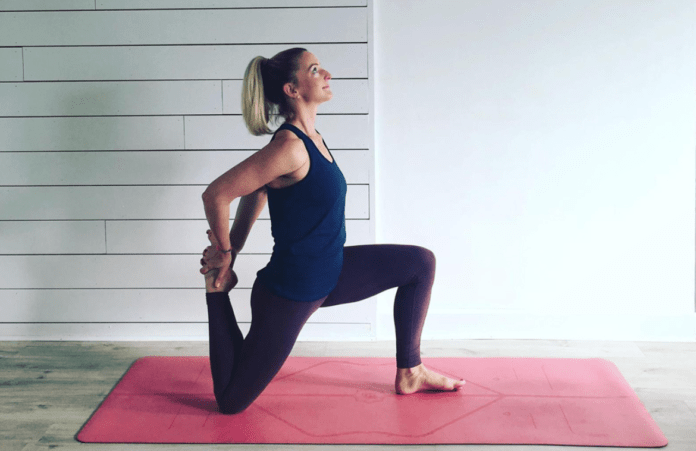Physiotherapy makes use of yoga and Pilates, as the advantages of Pilates and yoga are many for treating patients. Physiotherapists find their applications useful.
Physiotherapists can indeed practice a broad range of modalities within the breadth of the scope of their profession, or they may even choose to specialize in just one aspect of their practice. Pilates, or even yoga, is one common modality that these therapists wish to practice as a standalone service and that is useful as part of physiotherapy practice.
Pilates and yoga all seem to offer similar workouts, so how do you choose? Pilates and yoga have significantly evolved of late. The advantages of Pilates are manifold. With different variations available at gyms and studios around the world, these are no doubt quite popular, along with yoga, and much more so when it comes to physiotherapy activities. There is something for almost everyone.
Yoga and Pilates are both low-impact workouts that focus on making use of bodyweight resistance. The benefits are vast. Both workouts can indeed increase overall health, leading to a better quality of life.
Similar to exercise, proper form is crucial. Modifications need to be made for those with physical limitations.
Table of Contents
Pilates
Pilates was developed by Joseph Pilates at the end of World War I. It was, in fact, primarily used as rehabilitation for wounded soldiers. Pilates brought this method to the United States in 1923 and then spent years refining this particular approach.
Pilates may:
- Increase muscle strength and endurance.
- Improves flexibility as well as posture.
- Leads to better balance.
- Results in decreased joint pain.
Pilates focuses on small movements that do require the use of important stabilizing muscles of the back as well as the core. There is a strong emphasis on starting each exercise with the help of a controlled breath that does initiate a contraction of the core muscles. Pilates can be done on a mat or even on specialized equipment. The equipment is unique as it uses springs, levers, and one’s own body weight to provide resistance.
Evidence suggests that Pilates may be more beneficial for those with the following conditions:
- Arthritis.
- Back pain.
- Urinary incontinence.
- Respiratory conditions.
- Joint injuries.
Obviously, it does show that for physiotherapy, Pilates is very useful.
Yoga
The exact origins of yoga are not really known. It is understood to have been around for at least the past 3,000 years. Yoga has roots in Shamanism, Buddhism, and other Eastern religions.

It is centered around the five beliefs of:
- Proper relaxation
- Breathing
- Exercise
- Diet
- Positive thinking and meditation.
Mindfulness as well as deep breathing are key features of a yoga practice. Although there are several different types of yoga, holding various poses and also flowing via different series of movements is standard in most classes.
Yoga can be observed as a form of mind-body fitness. It does combine physical activity as well as mindful focus. This brings increased awareness to the breath and energy.
The benefits of yoga:
- Anxiety
- Depression
- Multiple sclerosis
- Arthritis
- Chronic pain
- Respiratory conditions
- High blood pressure
- Type 2 diabetes
Yoga and Pilates similarities
- Both yoga and mat Pilates can be performed with little equipment. They require only the use of a mat and a few props, such as a block or a Pilate’s ring, if desired.
- They both do focus on using the breath properly during exercise and also emphasize diaphragmatic breathing, or breathing deep into one’s belly.
- Both yoga and Pilates require mental focus and can also help reduce stress. They can also be applied to different fitness levels.
Yoga vs. Pilates: Which is better?
Yoga and Pilates are both great workouts and, from a physiotherapy angle, very useful.
Pilates can be a great exercise for older adults or even for those recovering from injuries due to its low-impact exercises and subtle movements.
Conclusion
It is obvious that Pilates has several advantages, and physiotherapists would like to use it to treat patients along with yoga.

